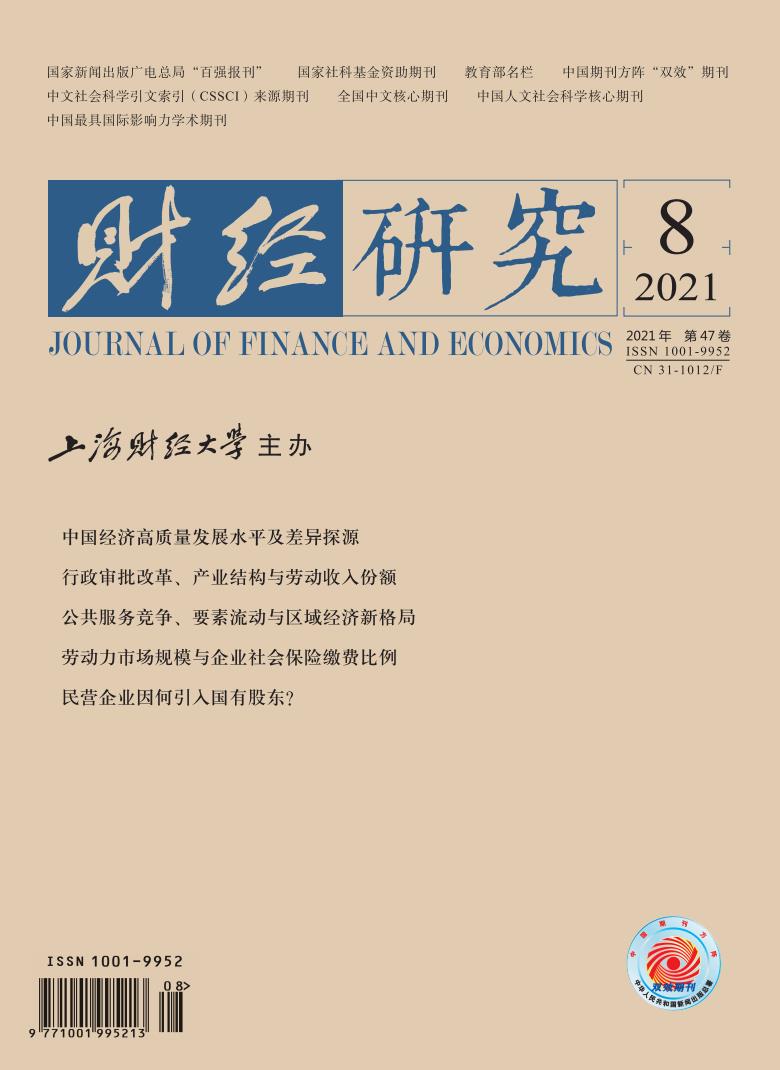The inclusive green TFP can scientifically cover the ideas of innovation, coordination, green, and sharing based on the new development pattern of the domestic circulation as the main body, which can effectively reflect the high-quality development level of China’s economy. At the same time, China needs to build a new situation of regional high-quality coordinated development that has high-quality, high-efficiency, fairness, and sustainability. The inclusive green development is a new development concept. At present, there are relatively more studies by foreign scholars, and relatively few domestic studies.
We construct an inclusive green Solow model and an index measurement system based on the connotation of high-quality economic development, apply the U-SE-SBM-DEA model and the global reference ML index to measure the inclusive green TFP of 30 provinces and cities from 2006 to 2018, and use Dagum Gini coefficient and variance decomposition to comprehensively examine the source of differences from the dual perspectives of region and structure. We discover that China’s inclusive green TFP is steadily improving, and technological progress contributes the most. The inclusive green TFP of four regions is on the rise, but the phenomenon of low level and slow improvement of the northeast should be paid attention to. The growth rate of the south is significantly higher than that of the north, and it surpassed the north in 2016. The gap gradually widens afterwards. The overall difference of the inclusive green TFP is on the rise. The north-south difference is generally lower than the east-west difference, but it has basically caught up in recent years. Hyper-variable density is the main source in four regions. The contribution of intra-regional differences is higher than inter-regional differences in four regions and the north-south regions. The difference of the inclusive green TFP mainly comes from the difference in technological progress, but it is declining. This article can help to understand the current situation of China’s economic inclusive green development, and provide a new perspective to narrow the difference of China’s regional high-quality economy.
The marginal contribution could be concluded in three aspects: First, from the research object, for the first time, this article incorporates environmental pollution and social injustice as undesired outputs into the economic growth model, and constructs an inclusive green Solow model and an index measurement system. Second, from the research perspective, this article explores the regional changes and driving patterns, and studies the source of differences from the dual perspective of region and structure according to four regions and the north-south regions. Third, from the research method, this article uses the U-SE-SBM-DEA model and the global reference ML index to measure the inclusive green TFP of 30 provinces and cities in China, and adopts Dagum Gini coefficient and variance decomposition to explore the source of differences.






 7749
7749  7373
7373

